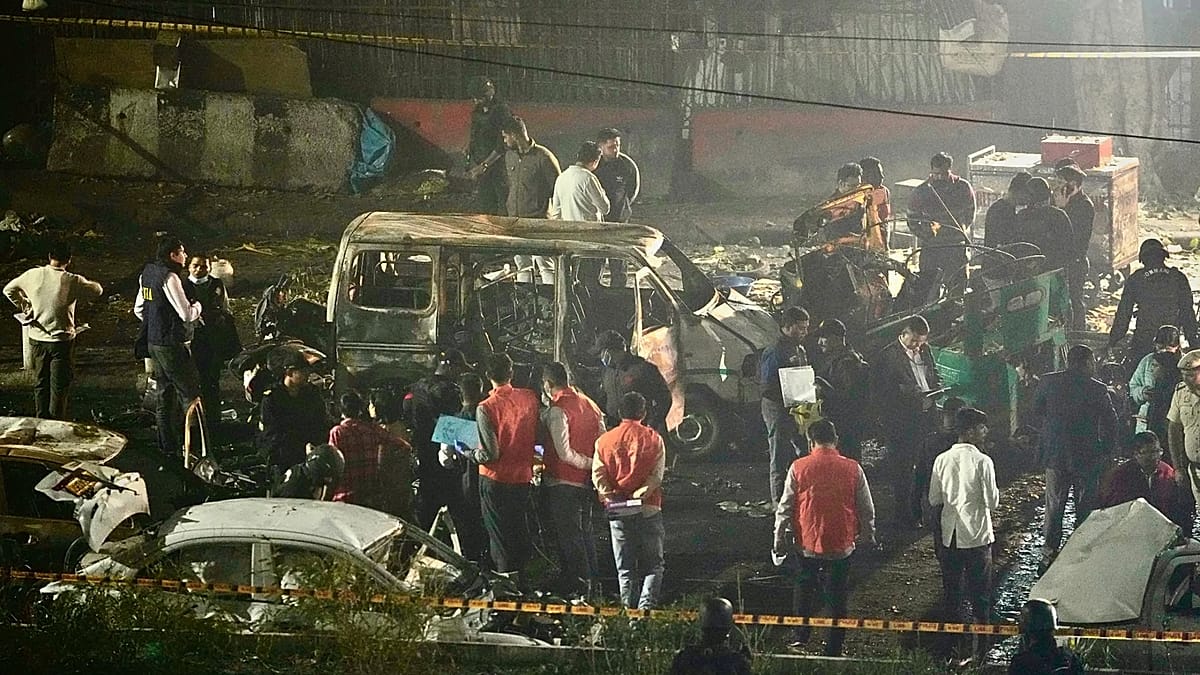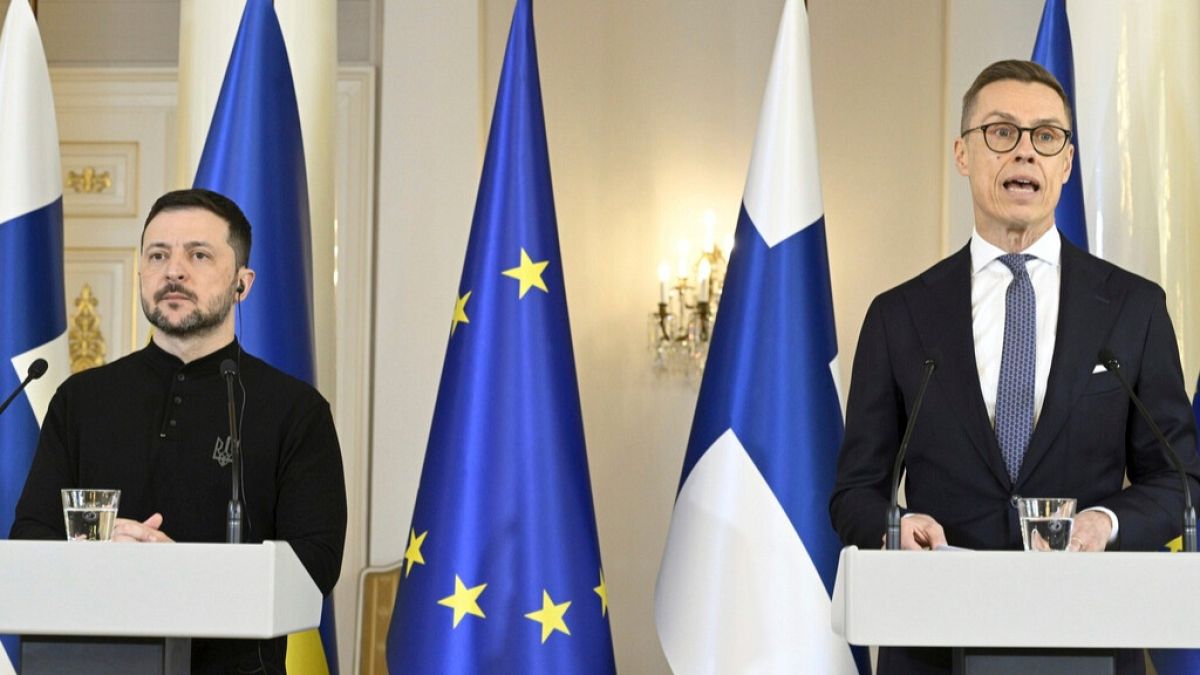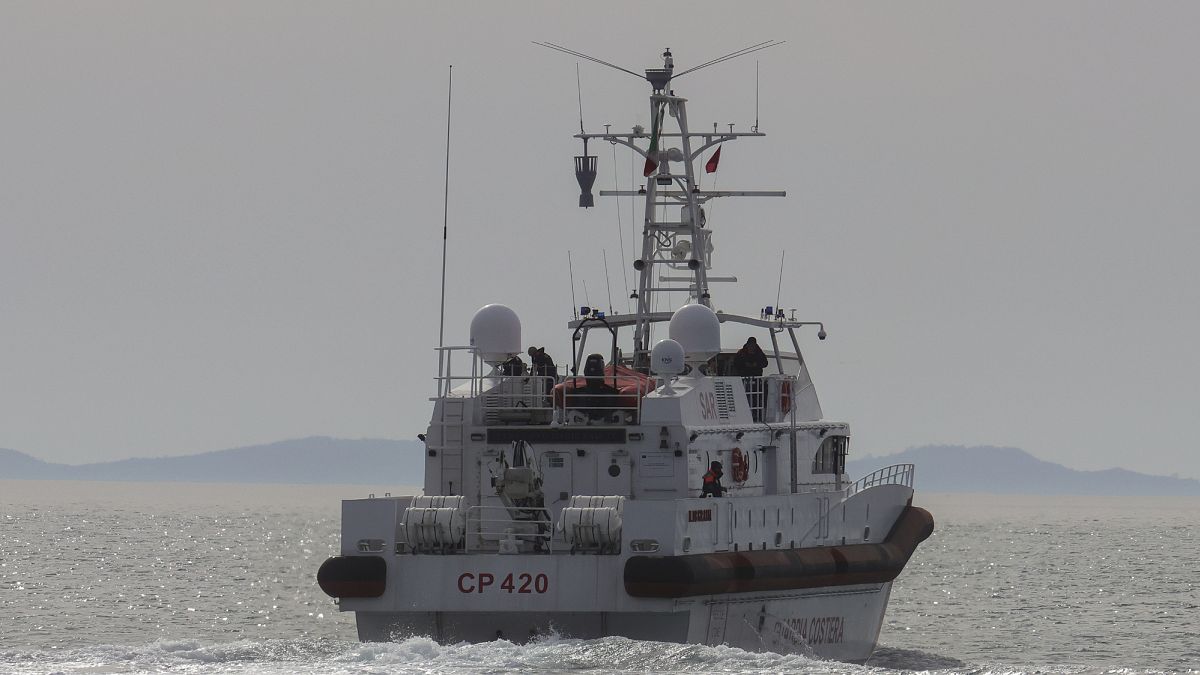Poland begins border controls – and now?

Frankfurt/Oder (dpa) – Since October 2023, those entering Germany from Poland must prepare for German border controls. The German government aims to curb irregular migration. The result is often long traffic jams on the Polish side.
Now Poland is reacting. Starting this Monday until August 5, travelers, commuters, and trucks heading in the opposite direction will also be controlled on the Polish side. It is a far-reaching decision with not entirely foreseeable consequences.
What do the border controls mean for travelers from Germany?
People must prepare for waiting times at the Polish border. The controls will primarily affect buses, minibuses, and cars with many passengers, as Konrad Szwed from the Polish border guard told the news agency PAP. “Vehicles with tinted windows will also be in focus.” There will be no barriers or blockades. However, the lanes will either be narrowed or signs will be erected to slow down traffic before the checkpoints.
However, there will be no changes to the entry regulations themselves. Poland has been a member of the European Union since 2004 and part of the Schengen Area since 2007, which promises essentially unlimited freedom of travel. Therefore, a national ID card is sufficient for travel; a passport is not required.
How did this come about?
Germany began the controls in 2023 to prevent migrants without the necessary documents from entering. With the start of the new German government in early May, the rules were tightened: Unlike before, people expressing an asylum request can now also be turned away.
The preliminary balance of the Federal Police: Since May 8, 7,960 illegal entries have been registered at all German land borders, and 6,193 people have been immediately turned away or pushed back (as of July 1). Among them were 285 people who had expressed an asylum request. At the German-Polish border alone, there were about 1,300 rejections, with an asylum request expressed in every tenth case, according to the Ministry of the Interior.
Why is Poland reacting now?
This is primarily due to domestic political reasons. The rejections from Germany are a contentious issue for many Poles. The right-wing conservative opposition party PiS is seizing on this to link anti-German sentiments with fears of migrants. Representatives of the PiS accuse the pro-European government of Donald Tusk of willingly accepting a large number of migrants from Germany and having no control over the situation at the border. The PiS, whose candidate Karol Nawrocki recently won the presidential election, hopes for a return to power. They increased pressure on Tusk until he decided to introduce border controls.
Who is behind the Polish citizen patrols at the border?
For some time now, Polish right-wing extremists have been organizing patrols that unilaterally stop vehicles at border crossings, ask passersby for documents, and search for migrants. Behind the “Movement for the Defense of Borders” is the well-known right-wing radical Robert Bakiewicz, who organizes right-wing marches for Polish Independence Day in Warsaw every year. The government in Warsaw sees these groups as a thorn in its side. Interior Minister Tomasz Siemoniak has announced that cases of usurpation of office and insult to officials will be punished consistently.
Are asylum seekers being sent back and forth now?
This is what the police union fears. The German Interior Minister Alexander Dobrindt, on the other hand, is convinced that there will be no such “ping-pong game.” He emphasizes the good cooperation between the Federal Police and the Polish border guards.
Discrepancies are – as heard from practice – indeed rare.
What does the economy say about this?
The chambers of industry and commerce in the German state of Brandenburg, which borders Poland, speak of an escalation and sound the alarm. Poland is Brandenburg’s most important trading partner: in 2024, exports worth 4.1 billion euros went from the state to its eastern neighbors, and goods worth 4.5 billion euros went in the opposite direction.
However, Brandenburg, Saxony, or Mecklenburg-Vorpommern are often still transit points for goods traffic with Eastern Europe. According to the logistics association BGL, the toll statistics for 2024 record over 9.7 million entries and exits of toll-required trucks at the German-Polish border crossings. The association of business associations in Berlin and Brandenburg warns that traffic jams threaten losses. Obstacles in Europe and delays at border crossings affect the entire EU economic area, the chambers of industry and commerce add.
Polish transport companies are also concerned. The companies would largely serve production lines in factories in Western Europe with components manufactured in Poland, said Jan Buczek, chairman of the Polish Association of International Transport Companies, to the newspaper “Dziennik Gazeta Prawna.” The goods must be delivered on time; delays threaten penalties for the manufacturer and the supplier.
Is the borderless freedom of travel in Europe coming to an end?
No, but controls are being reintroduced in many places in the Schengen Area – although this was supposed to be a temporary exception. The former Federal Minister of the Interior Nancy Faeser introduced controls at the eastern borders in October 2023 and then at all German land borders from September 2024.
Austria is controlling at the borders with Hungary and Slovenia. France, the Netherlands, and Slovenia are also making use of this option. This is often justified by too much irregular migration. However, security issues also play a role, as in France, which cites terrorist threats as justification.
How long will this last?
The Polish controls are initially limited until August 5. But when the situation will normalize overall is uncertain. It depends, among other things, on how the rules of the Common European Asylum System (CEAS) will perform in practice. They are set to apply from mid-June 2026. The reform provides that asylum seekers will be registered at the EU’s external borders in the future, including identity verification and biometric data. For people from countries with low recognition rates, there will be accelerated asylum procedures at the external borders. (July 6)













































